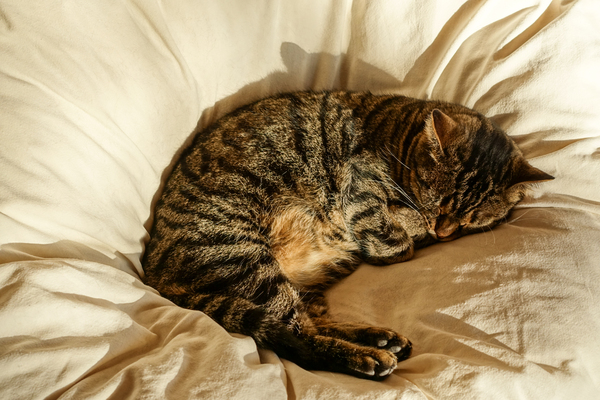Combatting Bacterial Growth in Cat Litter
Combatting Bacterial Growth in Cat Litter
Blog Article

Cat litter and litter boxes play an essential role in the lives of both cats and their owners. From the modest starts of sand and soil to the ingenious developments of today, the world of cat litter has actually progressed substantially. In this comprehensive guide, we look into every aspect of cat litter and litter boxes, exploring their history, types, benefits, difficulties, and everything in between.
The history of cat litter dates back centuries, with ancient civilizations using sand, soil, and even ashes as primitive litter materials. However, it wasn't until the mid-20th century that modern cat litter as we understand it emerged. In 1947, Edward copyright introduced the world's first commercial cat litter made from absorbent clay, transforming the way cats relieved themselves indoors. Ever since, cat litter has undergone numerous transformations, with the intro of clumping litter, silica gel litter, eco-friendly alternatives, and more.
Today, feline owners are ruined for option when it concerns choosing the right litter for their feline companions. Traditional clay litter stays popular for its cost and effectiveness in absorbing odors. Clumping litter, which forms strong clumps when wet, streamlines cleansing and maintenance. Silica gel litter, made up of extremely absorbent silica crystals, provides exceptional odor control and longevity. Eco-friendly choices, such as recycled paper, wood pellets, corn, and wheat, attract environmentally mindful consumers.
Each type of cat litter uses special advantages. Clay litter excels in its capability to soak up moisture and control odors, making it a dependable option for lots of cat owners. Clumping litter simplifies day-to-day scooping and extends the time in between total litter modifications. Silica gel litter provides extraordinary smell control and can last longer between replacements. Eco-friendly litters provide a sustainable alternative that decreases environmental impact.
While cat litter Wood Cat Litter improves indoor feline hygiene, it is not without its obstacles. Dust from clay litter can present respiratory threats for both cats and humans, triggering the popularity of dust-free options. Some cats might develop litter box hostility due to problems with texture, scent, or tidiness, requiring experimentation with various litters and box configurations. Multi-cat households Wood Cat Litter might require tactical litter box placement and regular maintenance to avoid territorial disputes and make sure all cats have access to tidy facilities.
Choosing the appropriate litter box is vital for promoting positive litter box routines and overall feline wellness. Factors to think about include size, ease of access, and style preferences. Covered litter boxes supply privacy and aid contain smells, however some cats might find them confining or frightening. Open-top litter boxes provide simple gain access to and visibility but might result in more litter scatter. Automatic self-cleaning litter boxes enhance upkeep but need routine monitoring and maintenance.
Proper litter box maintenance is important for ensuring a clean and welcoming environment for both cats and their owners. Daily scooping eliminates waste without delay, reducing smell and preventing litter box aversion. Routine litter replacement, normally every 1-2 weeks, avoids bacterial accumulation and maintains ideal absorbency. Extensive cleansing with mild detergent and water, preventing extreme chemicals that might discourage cats from utilizing package, should be performed monthly.
Cat litter and litter boxes play a main function in fostering a healthy and harmonious relationship in between felines and their human buddies. With self cleaning cat litter box a diverse range of litter choices and litter box styles readily available, cat owners have the flexibility to tailor their choices to fit their felines' choices and family needs. By understanding the development, types, advantages, and obstacles of cat litter and litter boxes, pet owners can provide their feline buddies with a comfortable and sanitary indoor environment.